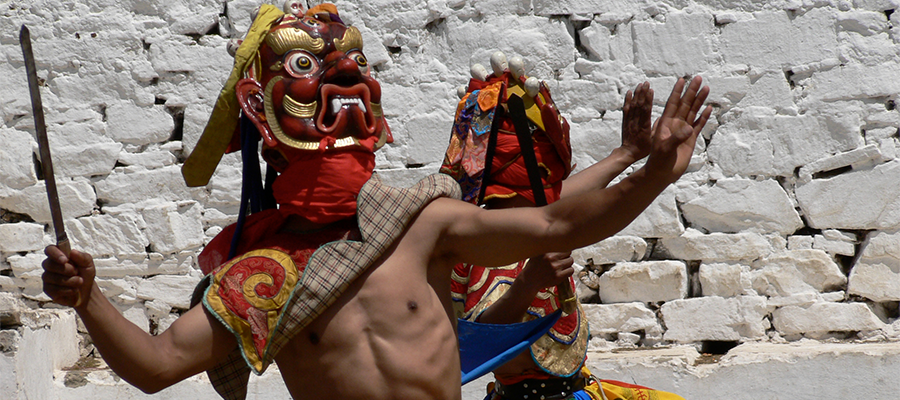Paro Tshechu is one of Bhutan’s most vibrant religious festivals annually in the stunning Paro Valley. Rooted in Vajrayana Buddhism, it honours Guru Rinpoche, the saint who brought Buddhism to Bhutan. For several days, masked monks and laymen perform sacred cham dances in elaborate silk costumes, reenacting tales of good triumphing over evil. Locals and pilgrims, dressed in traditional attire, gather at the dzong (fortress-monastery) to receive blessings, witness spiritual rituals, and celebrate their cultural heritage. The highlight is the unfurling of the gigantic thangka, or Thongdrel, which is believed to cleanse viewers of sin. Paro Tshechu is a beautiful confluence of devotion, art, community, and deep-rooted spirituality in the Himalayan kingdom.
Paro Tshechu ( 8-12 April)


